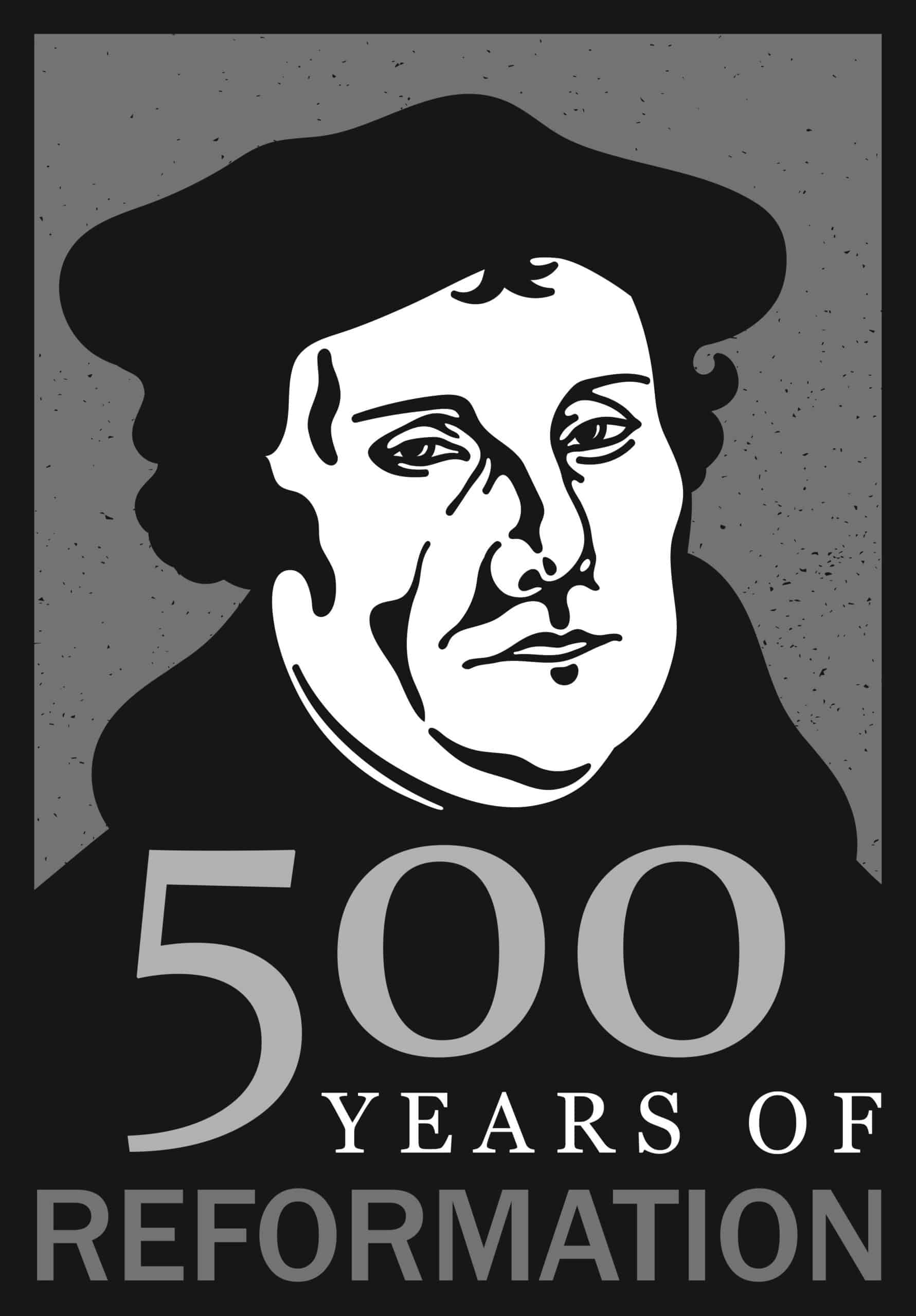By Brandon Levering, Chaplain
What does the Reformation teach us?
Jesus is our sufficient Savior, and he rules his Church by his Word.
And what are the five core doctrines of the Reformation?
Sola Scriptura—by Scripture alone
Solus Christus—Christ alone
Sola Gratia—by Grace alone
Sola Fide—by Faith alone
Soli Deo Gloria—Glory to God alone
These words have been heard ringing from the lips of Clapham students every Wednesday morning this fall during our chapel services. The statements are simple, but their significance is profound, not only in terms of the historical figures and movements behind them, but in their implications for God’s people today, not least of whom are the people at Clapham School.
Chapel this semester has given us a chance to explore each of the five core doctrines, their biblical basis, and some of the people God used to bring about reformation among the Church— men like Martin Luther, Ulrich Zwingli, John Calvin, William Tyndale, and Thomas Cranmer. The aim of these men was not to create a novel expression of the Christian faith, but to call the Church back to the foundation upon which it was built — the central message that according to Scripture (Sola Scriptura), on the basis of the life, death, and resurrection of our sufficient Savior, Jesus Christ (Solus Christus), God saves us by grace (Sola Gratia) through faith (Sola Fide), for the sake of his own fame and glory (Soli Deo Gloria).
It is this Christ-centered biblical foundation that fuels Clapham’s vision to propel students for a life of service to Christ. For as Colossians 1:15-23 reminds us, Christ is not only supreme over all creation and head of his Church, but as the God-Man, he alone is sufficient to fix what has been broken by human sin and bring about the shalom of reconciliation. He was there when this world was made; he knows how to put it back together, and is doing so through the cross and resurrection. Moreover, he invites us to join in proclaiming his redemption and serving the purposes of his kingdom (Col. 1:24-2:7).
So, as I write these reflections on Reformation Day (Oct. 31), 493 years after Martin Luther nailed his 95 Theses to the church door in Wittenburg, let me encourage us all to reflect with joyful humility and gratitude upon what God has done and is doing to bring the gospel of our sufficient Savior Jesus to bear on all of life. I pray that our hearts and the hearts of our children might be propelled to serve Christ in every arena of life.
See the following books for further reading on the history and significance of the Reformation:
- Michael Reeves, The Unquenchable Flame: Discovering the Heart of the Reformation (Nashville: B&H, 2010).
- Alistair McGrath, Christianity’s Dangerous Idea: The Protestant Revolution—A History from the Sixteenth Century to the Twenty-First (New York: HarperOne, 2007).

